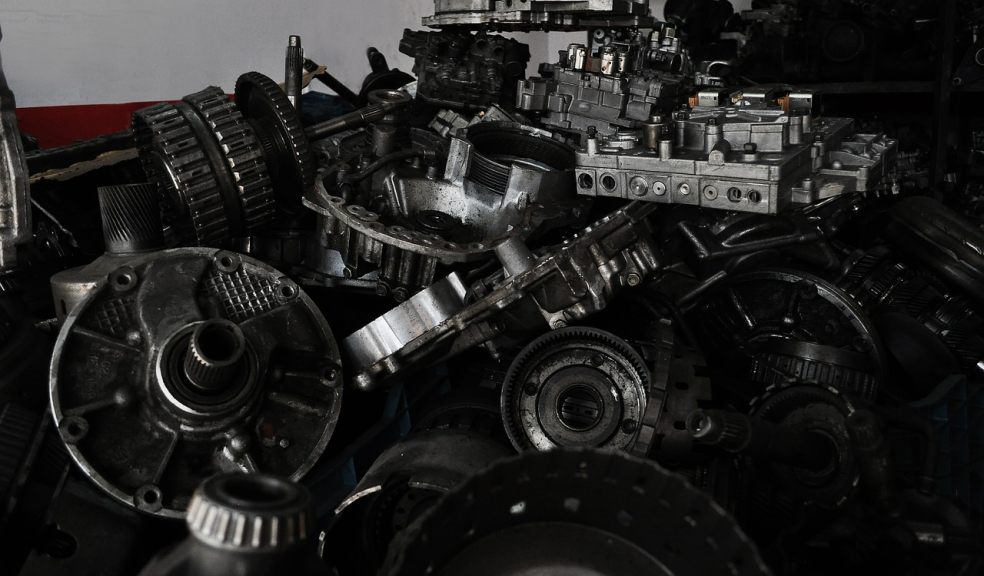
What is Ultrasonic Cleaning – and How Can You Best Benefit from It? Your Top Questions Answered
Let’s face it: almost no one enjoys doing household tasks, especially when it comes to cleaning! Cleaning can consume a lot of time and energy, and it can also be quite labour-intensive, often requiring significant effort to achieve satisfactory results. But thanks to modern innovations and technological advancements, we now have access to the best cleaning methods that can make our lives more convenient and easier. One such cleaning technique is ultrasonic cleaning - a process that utilises high-frequency sound waves to achieve unparalleled cleanliness. But what else do you need to know about ultrasonic cleaning – and more importantly, how can you best benefit from it? Here are the answers to your top questions.
Understanding the ultrasonic cleaning process
It's is a non-destructive (even gentle!) cleaning method that employs ultrasonic waves, typically 20 to 40 kHz, to clean intricate and delicate objects. The process is particularly effective for removing various contaminants such as dirt, grime, oil, grease, rust, and even bacteria from a wide range of materials, and it reaches deep within the surface of the object being cleaned for a more thorough clean.
How does it work?
The cleaning process involves placing the object in a specially designed ultrasonic cleaning bath or tank filled with a suitable cleaning solution. The ultrasonic transducers at the bottom of the tank emit high-frequency sound waves that create millions of tiny bubbles through a phenomenon called cavitation. These bubbles collapse rapidly, releasing intense energy that dislodges and removes contaminants from the object's surface. The cleaning solution assists in the removal of dirt and debris by penetrating hard-to-reach areas, as confirmed by an industrial parts cleaning service such as Sonic Solutions.
The benefits
-
Thorough and efficient cleaning: Ultrasonic cleaning reaches areas difficult to access through traditional cleaning methods. Since the microscopic bubbles can penetrate crevices, blind holes, and intricate geometries, this ensures thorough cleaning of the entire object.
-
Gentle on delicate items: Unlike abrasive cleaning techniques that can cause damage, ultrasonic cleaning is gentle on delicate objects (such as electronics, automotive parts, jewellery, and fragile components). As a result, the process removes contaminants without compromising the integrity or functionality of the item being cleaned.
-
Savings on time and labour: Ultrasonic cleaning is a highly efficient method that can significantly reduce cleaning time and effort. The combination of sound waves and the cleaning solution effectively removes contaminants, reducing the need for extensive manual scrubbing – thus saving your team time and effort and allowing them to focus on other tasks.
-
Versatility: It can be applied to a wide range of materials, including plastics, metals, glass, ceramics, and even fabrics. This versatility makes it suitable for various industries – including automotive, electronics, healthcare, and manufacturing.
Ultrasonic cleaning has revolutionised the way we approach cleaning tasks, offering a superior and efficient alternative to traditional cleaning methods. Whether you are a professional in an industrial setting or an individual looking to maintain the cleanliness of delicate items, ultrasonic cleaning provides a myriad of benefits. From thorough and efficient cleaning to time and labour savings, this innovative technique proves to be an invaluable tool that helps you and your team become more productive.













